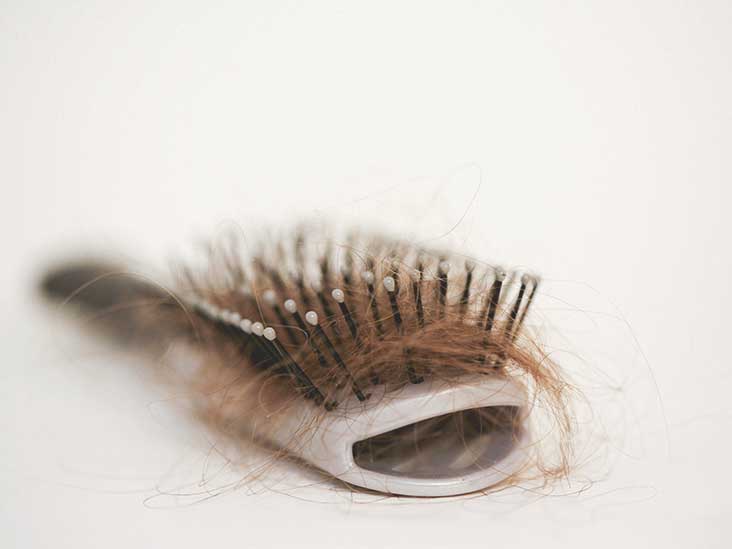
Many patients with one or two small patches can be managed without treatment and with reassurance of the benign nature of the condition. When treatment is stopped, hair loss recurs. Treatment may induce hair growth, but usually does not change the course of the disease. Patients with a history of atopy are also at an increased risk of developing alopecia. Alopecia is associated with autoimmune conditions, such as vitiligo, diabetes, thyroid disease, rheumatoid arthritis, and discoid lupus erythematosus.
Alopecia totalis universalis skin#
4 Skin biopsy from areas of alopecia may show multiple lymphocytes, which supports the theory for an autoimmune cause. In most studies, 20 to 42 percent of those affected have a family history of the disease. 2, 3 There is a genetic predisposition to alopecia areata with a polygenic pattern of inheritance. The lifetime risk of developing alopecia areata is 1.7 percent, with a prevalence of 0.1 percent. In case series, alopecia totalis and universalis are less common than alopecia areata and account for 4.5 to 30 percent of all alopecia cases. 2, 3 Alopecia totalis is loss of all scalp hair, and alopecia universalis refers to loss of all scalp and body hair. Men and women are equally affected, and, although it can occur at any age, the most common presentation is in children and young adults, with 30 to 48 percent of patients affected before 20 years of age. Scarring and atrophy of scalp (e.g., discoid lupus erythematosus)Īlopecia areata is characterized by areas of nonscarring hair loss that range from single oval patches to multiple patches that can become confluent. Patchy may be some scarring and associated psychological disturbance Patchy related to hair practices may have some scarring Scaly scalp with fungus visible on potassium hydroxide examination Normal scalp with surrounding exclamation point hairs Sudden hair loss of up to 90 percent two weeks following chemotherapy

Presents with hair thinning M pattern negative pull test away from hair lossĭistribution more patchy positive pull testģ0 to 50 percent of hair loss three months after precipitating event positive pull test Presents with hair thinning frontal hairline intact negative pull test away from hair loss In telogen effluvium, once the precipitating cause is removed, the hair will regrow. Sudden loss of hair is usually telogen effluvium, but can also be diffuse alopecia areata.

Male and female pattern hair losses have recognizable patterns and can be treated with topical minoxidil, and also with finasteride in men.


Tinea capitis causes patches of alopecia that may be erythematous and scaly. Alopecia areata presents with smooth hairless patches, which have a high spontaneous rate of resolution. A scalp biopsy may be necessary if the cause of hair loss is unclear.
Alopecia totalis universalis Patch#
The cause of focal hair loss may be diagnosed by the appearance of the patch and examination for fungal agents. Scarring alopecia is best evaluated by a dermatologist. Focal hair loss can be further broken down into scarring and nonscarring. Patients may present with focal patches of hair loss or more diffuse hair loss, which may include predominant hair thinning or increased hair shedding. Physicians should be careful not to underestimate the emotional impact of hair loss for some patients.


 0 kommentar(er)
0 kommentar(er)
